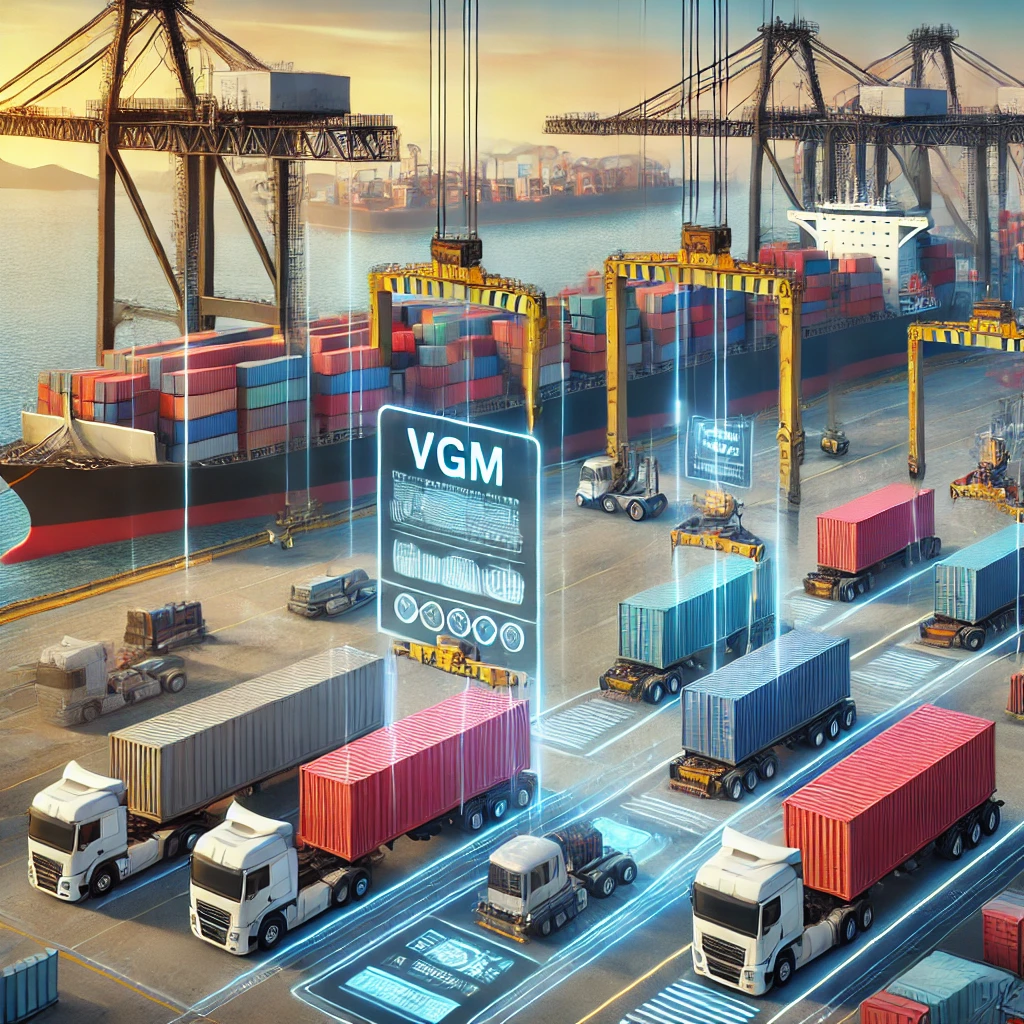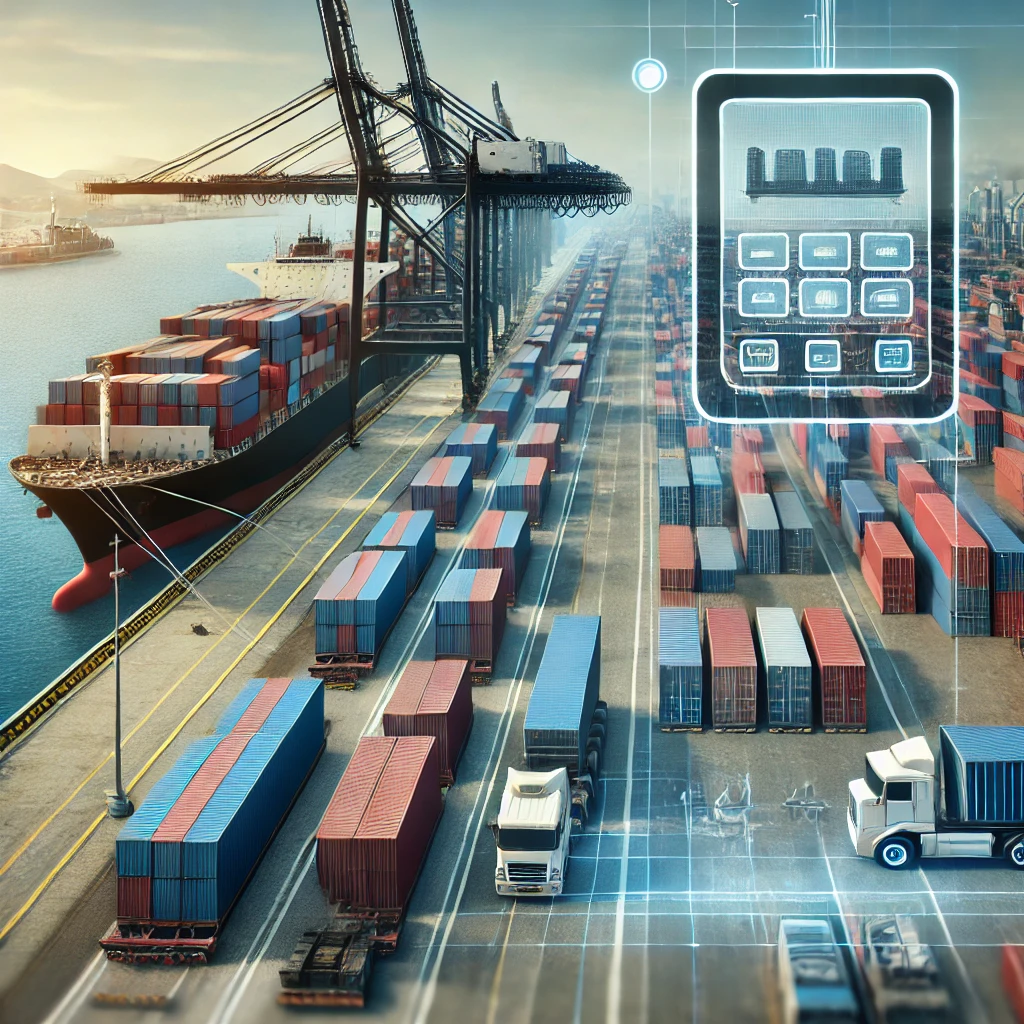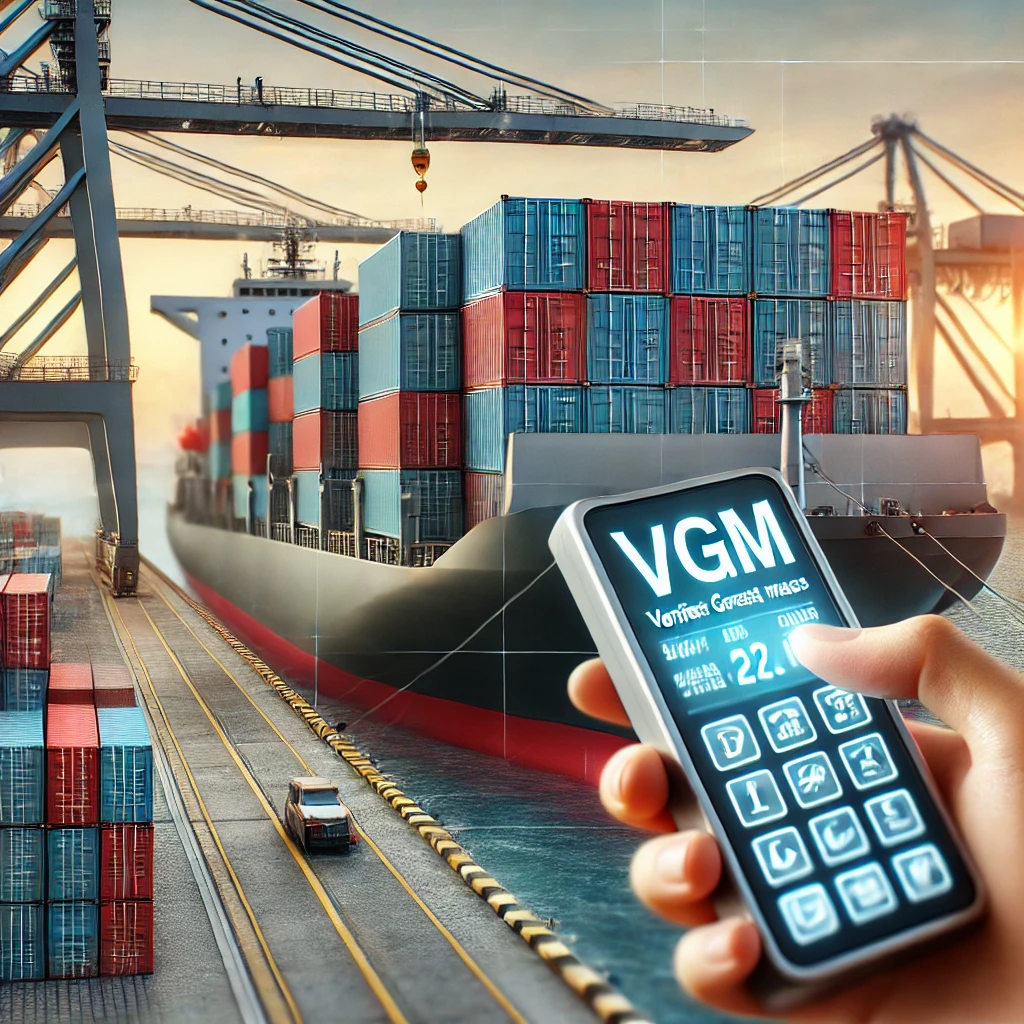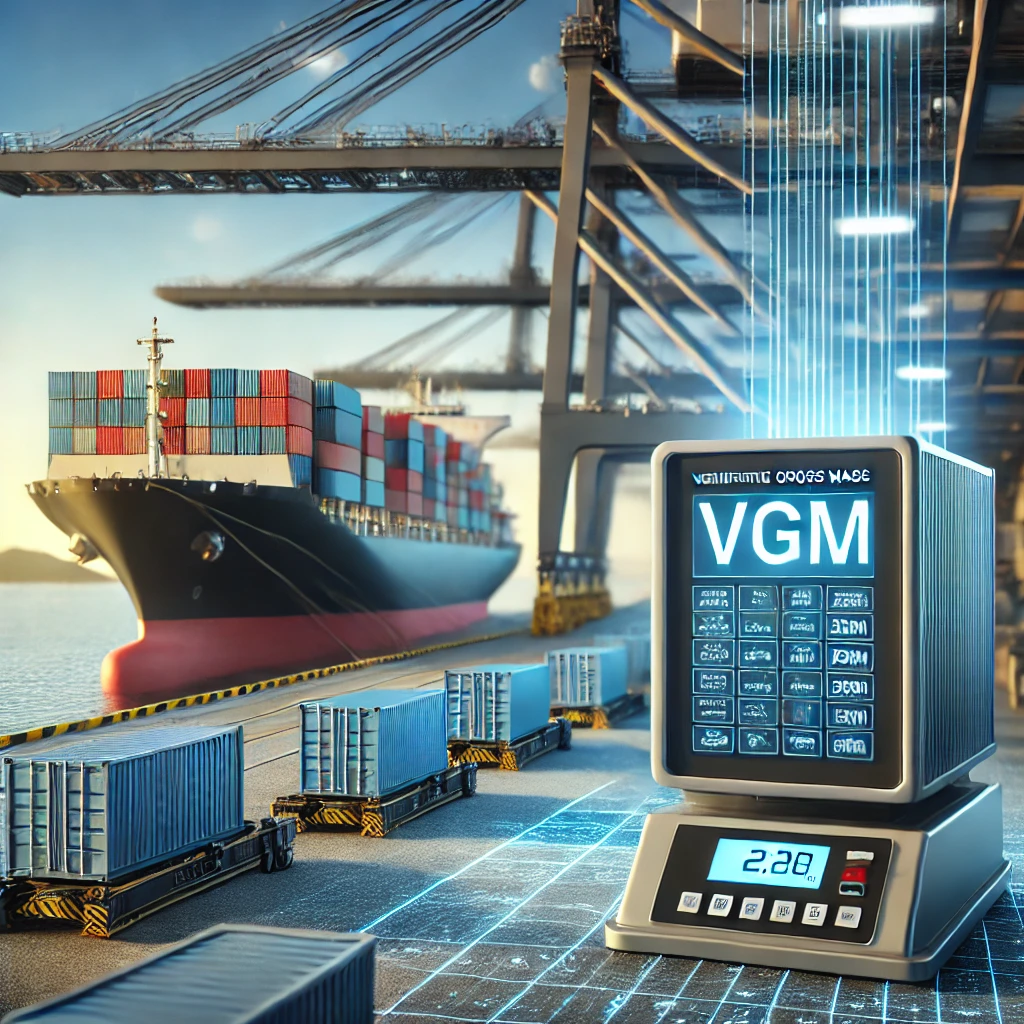What Is VGM and Why Does It Matter?

What is VGM (Verified Gross Mass)?
Verified Gross Mass (VGM) refers to the total weight of a shipping container, including the cargo, packaging, and the container itself. It is a critical element in the shipping industry, as it ensures that containers are accurately weighed before being loaded onto vessels. The VGM is required by international maritime regulations to prevent overloading, improve vessel stability, and enhance the safety of both the cargo and the ship’s crew.
VGM was introduced by the International Maritime Organization (IMO) through the SOLAS (Safety of Life at Sea) convention. The SOLAS amendment, which took effect on July 1, 2016, mandates that all containers must have their VGM verified before being loaded onto a ship.

Key Features of VGM
1. Compliance with International Regulations
The introduction of VGM ensures that shippers comply with international safety standards. By mandating accurate container weights, the regulation helps prevent incidents caused by overloaded or improperly loaded containers, such as ship instability or accidents at sea.
- SOLAS Requirement: The SOLAS amendment made it mandatory for all containers to have their weight verified before loading onto a vessel.
- Legal Consequences: If a container is found to be incorrectly declared, it may be denied loading, leading to costly delays and penalties for businesses.
2. Accurate Weight Measurement
VGM involves the precise measurement of the total weight of a shipping container, which is crucial for the smooth functioning of the global supply chain. There are two methods to calculate the VGM:
- Method 1 (Weighing the Loaded Container): This method involves weighing the fully loaded container after all cargo is packed. The weight is then declared to the shipping company.
- Method 2 (Weighing the Cargo and Add the Container Weight): This method involves weighing the cargo itself and adding the weight of the container to determine the total VGM.
Both methods ensure that the container weight is verified, preventing discrepancies and reducing the risks of accidents at sea.
3. Transparency and Accuracy
VGM ensures transparency in the shipping process, as it requires the shipper to provide an accurate declaration of the weight of the container. This transparency helps terminal operators, shipping companies, and port authorities plan and manage the logistics operations more effectively.
- Shipping and Handling: With accurate VGM information, shipping companies can allocate resources more efficiently, optimize space on vessels, and avoid the risks of overloading.
- Preventing Errors: By following the VGM process, businesses reduce the chances of submitting incorrect weight declarations, which can lead to operational disruptions.

Practical Uses of VGM
1. Preventing Overloading and Ensuring Safety
The most crucial function of VGM is to ensure that containers are not overloaded, which could result in dangerous situations. Overloaded containers can affect the stability of a vessel, leading to accidents, capsizing, or other catastrophic events. Accurate VGM helps to ensure that containers are loaded safely and within the weight limits of the vessel.
- Vessel Stability: Correctly weighed containers help ensure that the load is evenly distributed across the ship, preventing instability and improving the ship’s handling during transit.
- Cargo Safety: By knowing the exact weight, operators can ensure that the cargo is properly secured, reducing the risk of damage or accidents during transport.
2. Improving Logistics Operations
Accurate VGM declarations streamline the logistics process by providing essential information to all stakeholders in the supply chain. This information allows port authorities, trucking companies, and shipping lines to better coordinate their operations and improve efficiency.
- Container Management: Knowing the weight of containers helps ports optimize container stacking and handling operations, avoiding overburdened equipment and reducing turnaround times.
- Faster Turnaround: By ensuring that the weight of containers is verified upfront, logistics companies can avoid delays caused by weight discrepancies at the terminal.
3. Enhancing Supply Chain Visibility
Having accurate VGM data is essential for maintaining visibility throughout the supply chain. It allows logistics professionals to track shipments, manage inventory more effectively, and plan for any potential challenges caused by weight issues.
- Tracking and Documentation: Providing the VGM at the point of booking helps ensure smooth cargo processing through customs and at ports, avoiding delays.
- Improved Coordination: Shippers, transporters, and port operators can coordinate more effectively when they have access to verified weight data, leading to fewer surprises during the journey.
Why VGM Matters for Professionals and Businesses
1. Compliance with Regulations
For businesses in the shipping and logistics industry, compliance with VGM regulations is a legal requirement. Non-compliance can lead to significant fines, delays, and damage to reputation. Ensuring that the VGM is accurately declared for every shipment is essential for maintaining smooth operations and avoiding penalties.
- Avoiding Fines: Non-compliant containers can be denied boarding or incur additional fees, disrupting schedules and increasing operational costs.
- Reputation Management: Businesses that consistently adhere to VGM regulations are seen as reliable and compliant, which helps maintain positive relationships with customers, partners, and regulatory bodies.
2. Cost Savings and Efficiency
Accurate VGM data helps businesses avoid unnecessary costs caused by shipping errors, delays, or cargo damage. By ensuring that containers are correctly weighed and managed, businesses can improve their operational efficiency and minimize costly mistakes.
- Reduced Delays: By ensuring that the VGM is provided before container loading, businesses avoid delays that can arise from discrepancies or disputes over weight.
- Operational Efficiency: Efficient management of containers based on accurate VGM allows businesses to optimize space utilization and improve overall logistics operations, leading to cost savings.
3. Improved Customer Satisfaction
Ensuring that the correct VGM is provided for every shipment helps maintain a smooth flow of goods and ensures timely delivery. This leads to increased customer satisfaction, as businesses can avoid delays and disruptions in the supply chain.
- Timely Deliveries: Accurate weight verification helps ensure timely deliveries, reducing the chances of delays or errors in shipping schedules.
- Reliability: Customers trust businesses that maintain high standards of compliance and efficiency, which can improve retention rates and customer loyalty.

Conclusion
Verified Gross Mass (VGM) is an essential aspect of modern shipping and logistics. By accurately measuring and declaring the weight of containers, businesses can ensure compliance with international safety standards, prevent overloading, and improve the overall efficiency of their logistics operations. VGM plays a crucial role in preventing accidents, improving supply chain visibility, and maintaining smooth operations across the entire shipping process.
For professionals and businesses involved in global trade, understanding and managing VGM is not just a regulatory requirement but a key factor in ensuring safety, cost efficiency, and customer satisfaction. By adopting best practices for VGM, businesses can streamline their operations, reduce risks, and maintain a competitive edge in the logistics industry.
